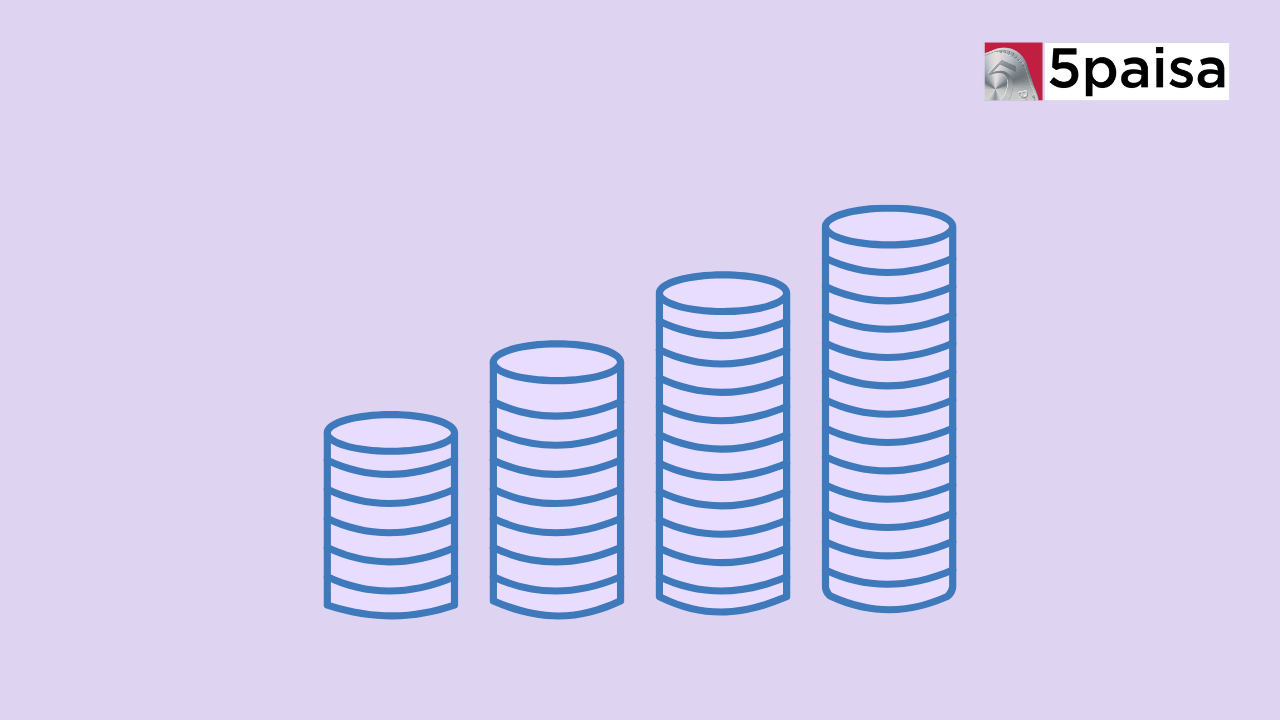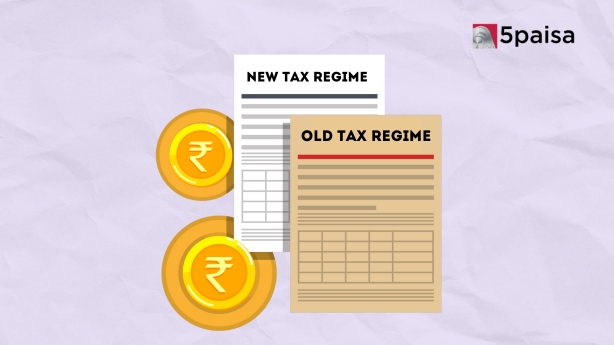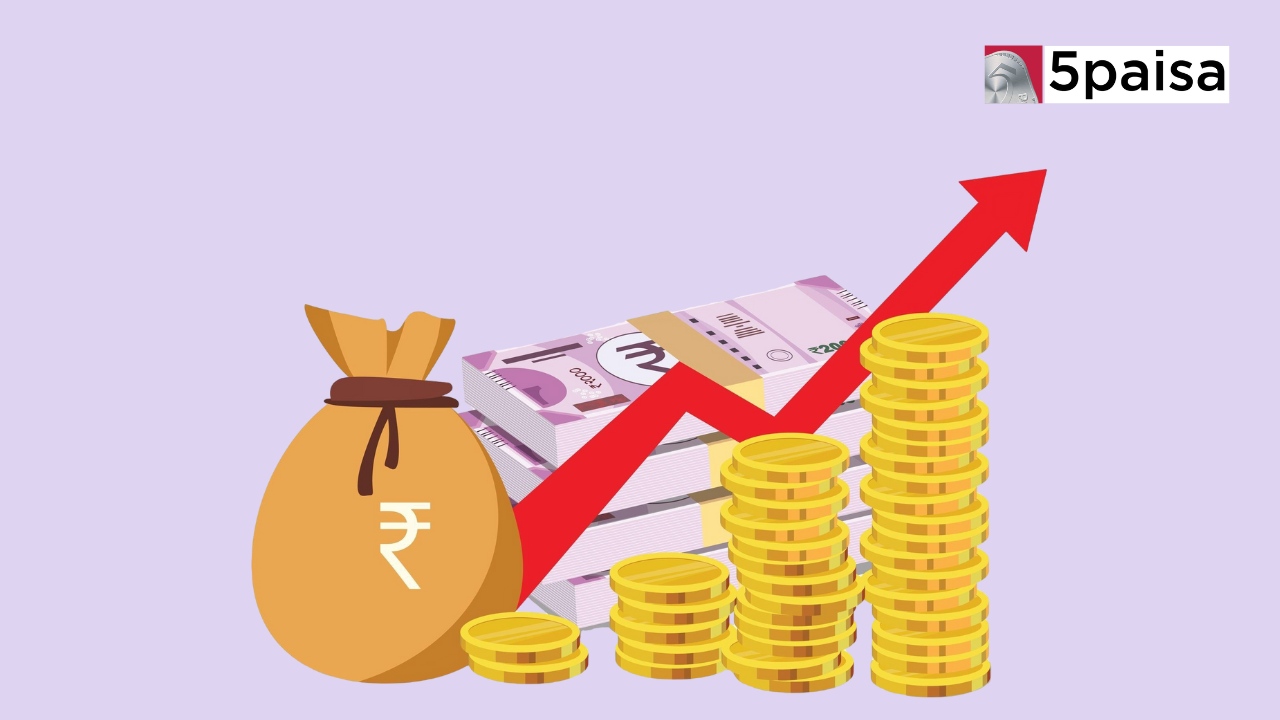3 Technologies Disrupting Finance in 2025: AI, Blockchain & Big Data Revolution
What is a Cumulative Fixed Deposit?

In financial planning, saving and investing wisely is crucial for achieving long-term financial goals. One popular investment option that offers a combination of safety and growth potential is the Cumulative Fixed Deposit (FD).
What is a Cumulative Fixed Deposit?
A Cumulative Fixed Deposit, often called a Cumulative FD, is a type of investment offered by banks and financial institutions in which the interest earned is not paid out periodically but reinvested or added to the principal amount. Reinvesting the interest allows your money to grow faster due to the power of compounding.
How Do Cumulative Fixed Deposits Work?
Cumulative FDs operate on the principle of compound interest, which means that the interest earned on your initial investment also earns interest over time. Here's a step-by-step explanation of how they work:
● You deposit a lump sum amount with a bank or financial institution for a fixed period, known as the tenure.
● The bank offers a predetermined interest rate on your deposit.
● Instead of paying out the interest periodically (monthly, quarterly, or annually), the bank reinvests the interest earned back into your deposit.
● The reinvested interest is added to your principal amount, creating a larger base for the next interest calculation period.
● This process continues throughout the tenure of your FD, allowing your investment to grow at an accelerated rate due to the compounding effect.
● At maturity, you receive the final amount, which includes your initial deposit plus the total interest earned over the tenure.
For example, let's say you invest ₹1,00,000 in a cumulative FD for 3 years at an annual interest rate of 7%. Here's how your investment would grow:
● Year 1: Interest earned = ₹7,000 (1,00,000 x 7%)
● New principal = ₹1,07,000 (1,00,000 + 7,000)
● Year 2: Interest earned = ₹7,490 (1,07,000 x 7%)
● New principal = ₹1,14,490 (1,07,000 + 7,490)
● Year 3: Interest earned = ₹8,014 (1,14,490 x 7%)
● Maturity Amount = ₹1,22,504 (1,14,490 + 8,014)
As you can see, the interest earned each year is added to the principal, resulting in a higher maturity value than a regular FD, where interest is paid out periodically.
Benefits of Cumulative Fixed Deposits
Cumulative FDs offer several advantages that make them an attractive investment option:
● Higher Returns: Due to the compounding effect, cumulative FDs generate higher returns than regular FDs, which pay interest out periodically.
● Simplicity: With no periodic payouts, cumulative FDs offer a hassle-free investment experience, as you don't need to worry about manually reinvesting the interest.
● Long-term Planning: Cumulative FDs are ideal for long-term financial goals, as the longer the tenure, the more time your money has to grow through compounding.
● Financial Discipline: Since the entire amount (principal and interest) is paid at maturity, cumulative FDs encourage financial discipline and discourage premature withdrawals.
● Safety: Like regular FDs, cumulative FDs are considered low-risk investments, as they are not subject to market fluctuations.
How to Open a Cumulative Fixed Deposit?
Opening a cumulative FD is a straightforward process that can be done either offline at a bank branch or online through the bank's website or mobile app. Here are the general steps involved:
● Choose a bank or financial institution: Research and compare interest rates, minimum deposit amounts, and tenure options offered by different banks and non-banking financial companies (NBFCs).
● Gather required documents: Typically, you'll need to provide KYC (Know Your Customer) documents such as PAN card, Aadhaar card, and address proof.
● Visit the bank branch or online platform: You can either visit a branch in person or use the bank's online platform to open a cumulative FD account.
● Fill out the application form: Provide your personal details, contact information, and nominee details (optional but recommended), and specify the deposit amount, tenure, and interest payout option (cumulative).
● Make the deposit: Depending on the bank's policy, you can deposit the amount in cash, cheque, or online fund transfer.
● Receive confirmation: Once complete, you'll receive a confirmation receipt or online account details acknowledging your FD investment.
Managing and Tracking Cumulative Fixed Deposits
Since cumulative FDs do not involve periodic interest payouts, managing and tracking them is relatively simple. Here are a few tips:
● Keep track of the maturity date: Note the maturity date of your FD to ensure you receive the final payout on time.
● Check interest rate revisions: If you have a long-term cumulative FD, stay updated on any changes in interest rates, as banks may revise their FD rates periodically.
● Monitor account statements: Regularly check your account statements to ensure accurate interest calculations and record-keeping.
● Consider premature withdrawal penalties: If you need to withdraw your cumulative FD before maturity, be aware of the penalties or charges that may apply.
Difference Between Cumulative and Non-Cumulative Fixed Deposits
To better understand the distinction between cumulative and non-cumulative FDs, let's compare them based on key factors:
| Particulars | Cumulative Fixed Deposit | Non-Cumulative Fixed Deposit |
| Meaning | Interest is reinvested and accumulates throughout the FD tenure. | Interest is paid out periodically (monthly, quarterly, half-yearly, or yearly). |
| Interest Payout | Paid at maturity, along with the principal amount. | Paid out periodically according to the chosen frequency. |
| Reinvestment | Interest is automatically reinvested, allowing for compounding. | No reinvestment as interest is paid out regularly. |
| Interest Rates | Generally higher due to the compounding effect. | Lower than cumulative FDs, as there is no compounding. |
| Suitability | Ideal for salaried individuals or those with a steady income stream. | Suitable for retirees, stay-at-home individuals, or those seeking regular income. |
| Income Flow | No income during the FD tenure. | Regular income throughout the tenure. |
Conclusion
Cumulative Fixed Deposits offer a simple yet powerful way to grow your savings through the magic of compounding. By reinvesting the interest earned, your money has the potential to grow at an accelerated rate, making cumulative FDs an attractive option for long-term financial goals. Whether you're saving for retirement, children's education, or any other major milestone, incorporating cumulative FDs into your investment portfolio can help you achieve your financial objectives with minimal risk.
Frequently Asked Questions
How Does the Interest Accrual Work in a Cumulative FD?
What Are the Penalties or Charges for Premature Withdrawal of a Cumulative FD?
Are Cumulative FDs Eligible for Tax Benefits?
- Flat ₹20 Brokerage
- Next-gen Trading
- Advanced Charting
- Actionable Ideas
Trending on 5paisa
Personal Finance Related Articles
Disclaimer: Investment in securities market are subject to market risks, read all the related documents carefully before investing. For detailed disclaimer please Click here.

 5paisa Research Team
5paisa Research Team
 5paisa Research Team
5paisa Research Team
 Sachin Gupta
Sachin Gupta




